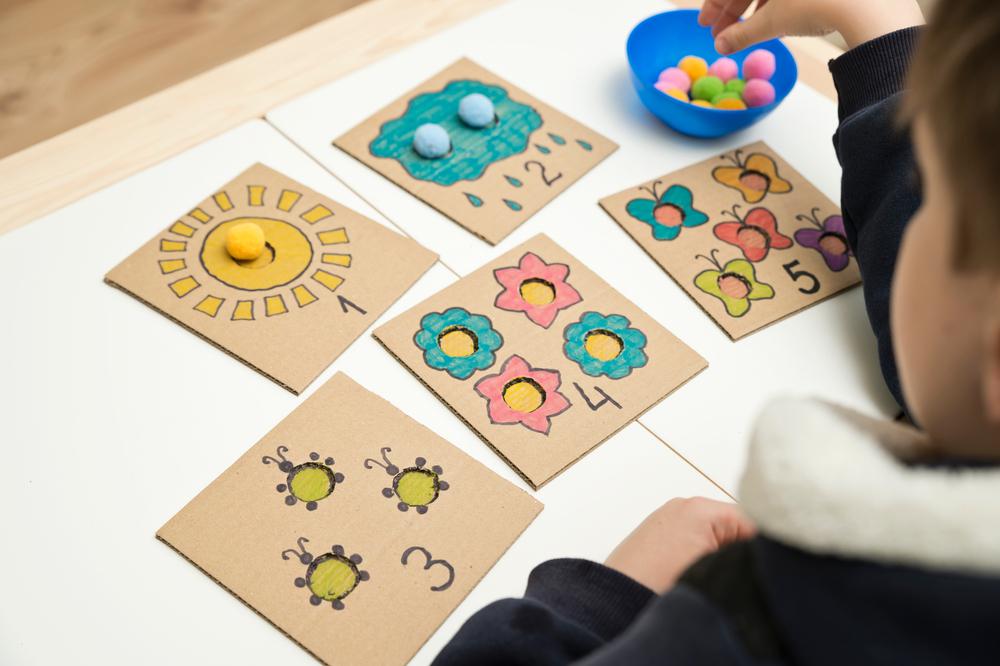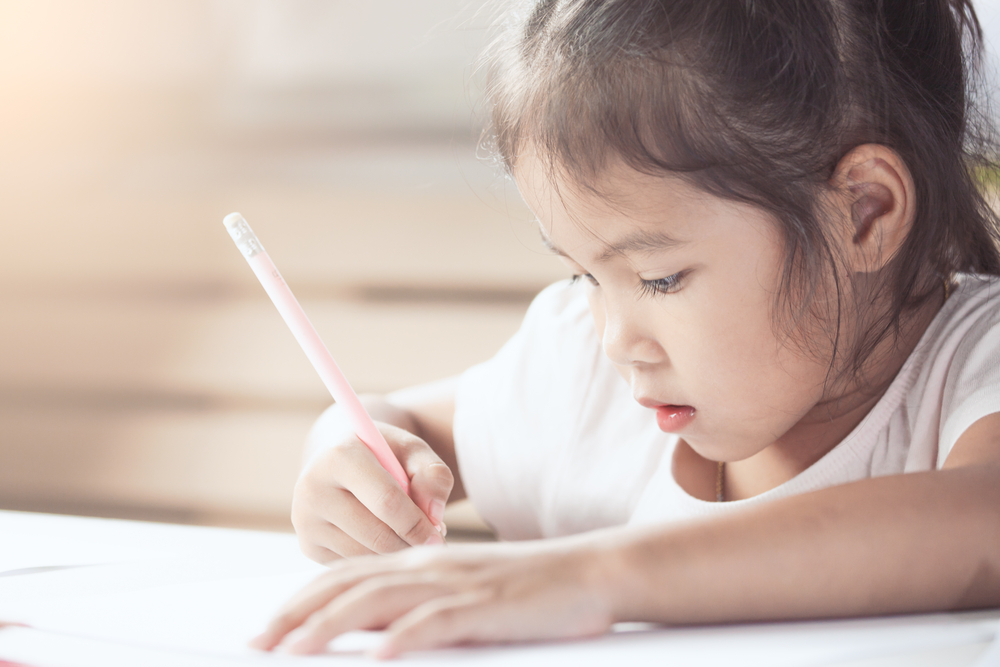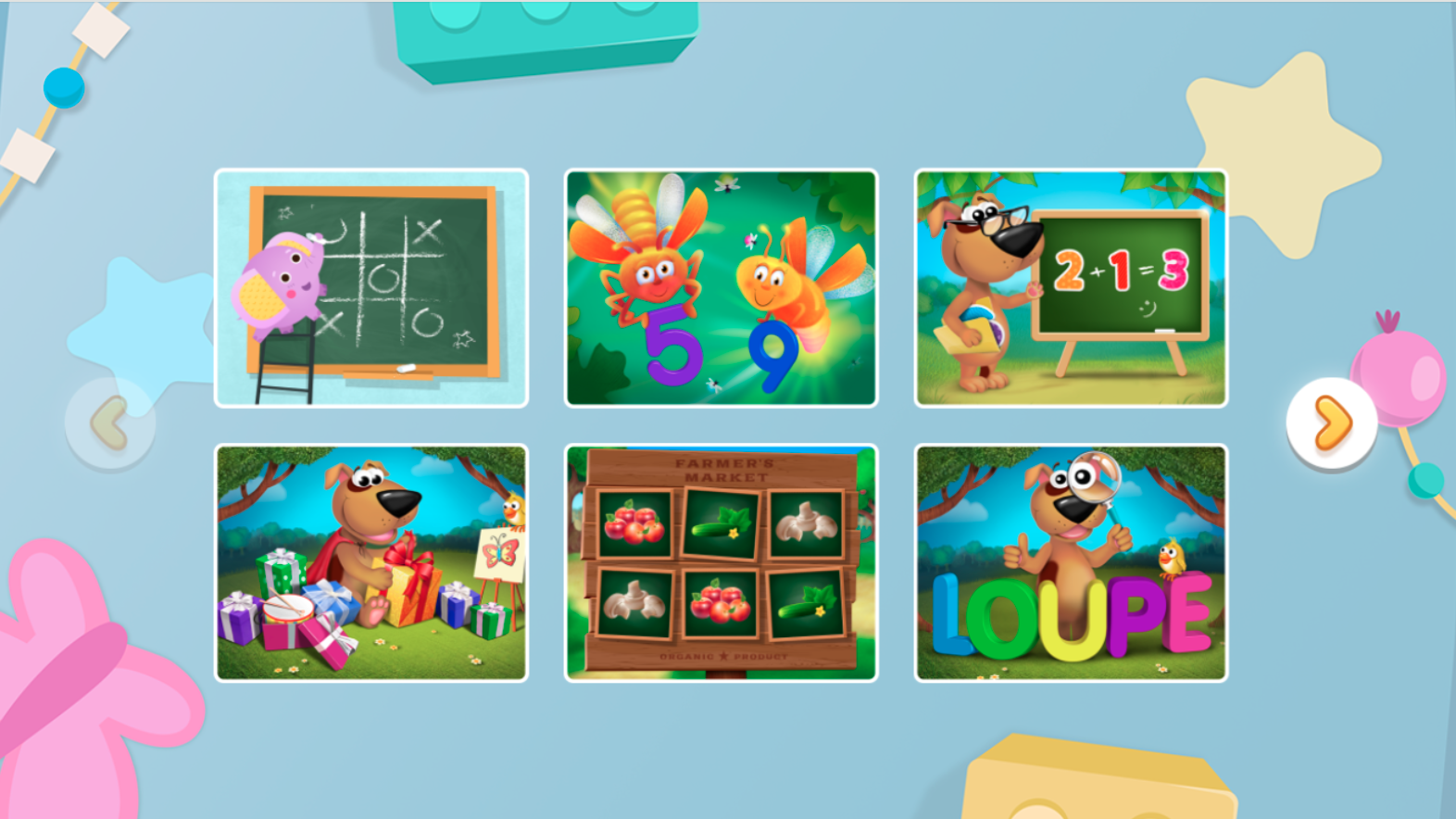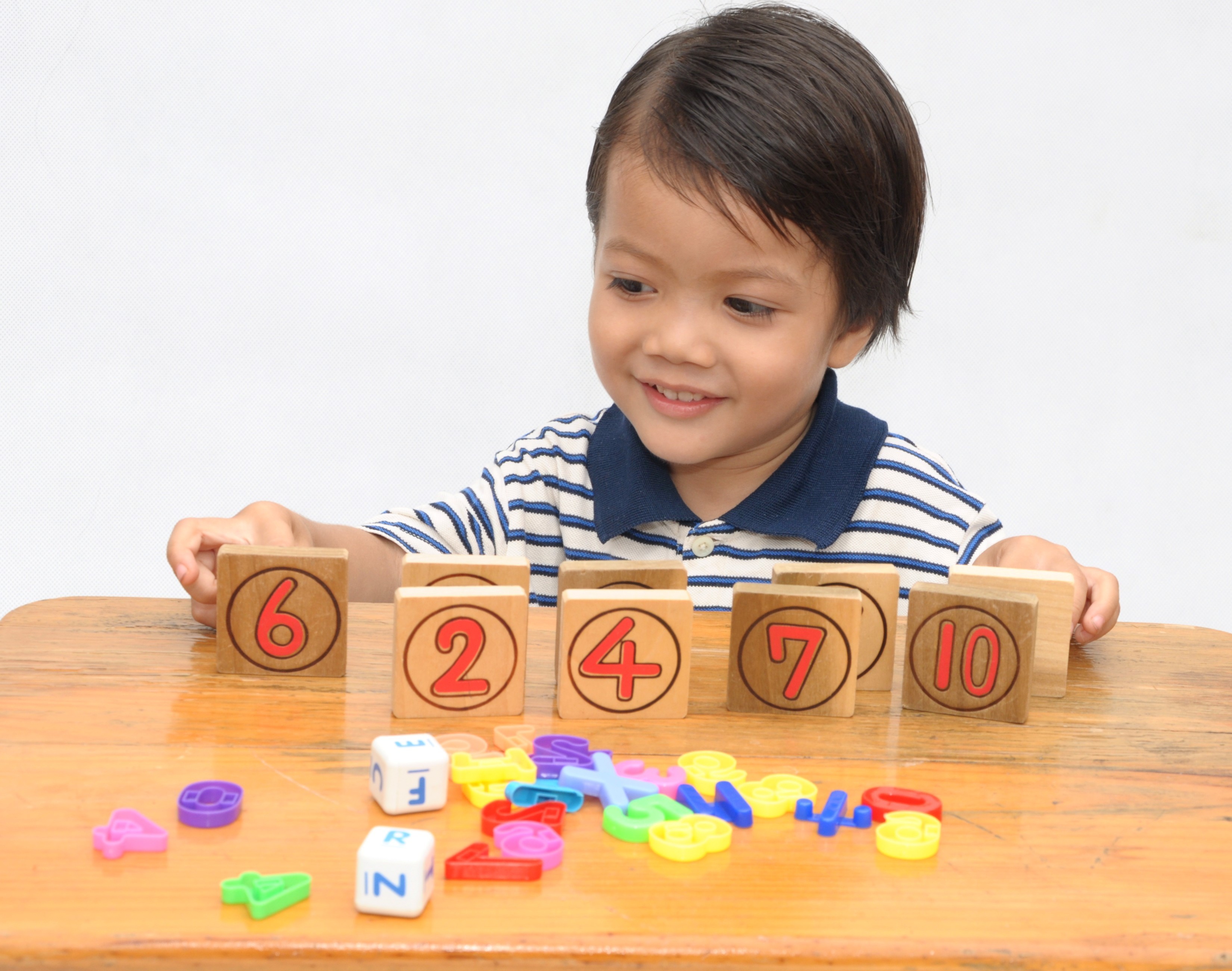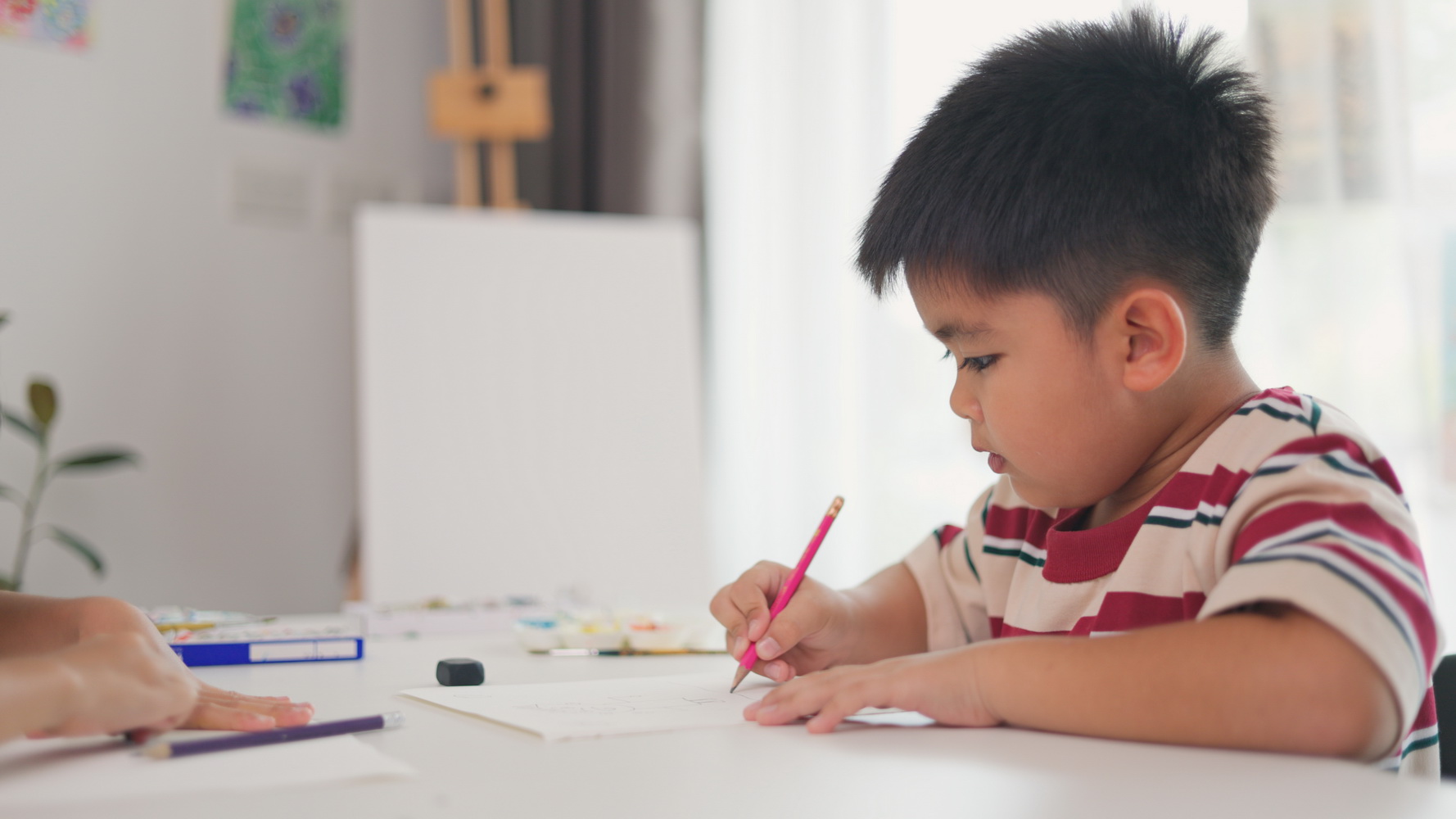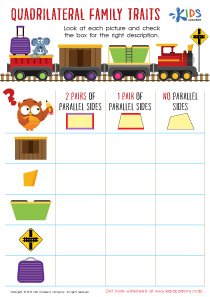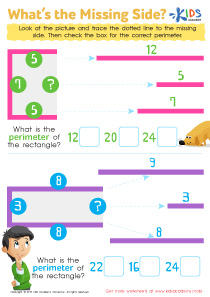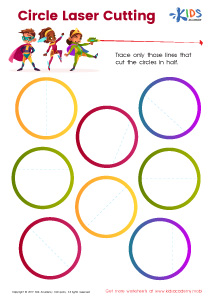Shape Recognition Normal Tracing Shapes Worksheets for Ages 3-5
6 filtered results
-
From - To
Introduce your little ones to the world of geometry with our "Shape Recognition Normal Tracing Shapes Worksheets for Ages 3-5". Designed to nurture early learning skills, these engaging worksheets help young children identify and trace basic shapes like circles, squares, triangles, and more. Featuring colorful, child-friendly illustrations, they make learning fun and interactive. Perfect for homeschooling or supplementing preschool and kindergarten curriculums, our worksheets promote fine motor skills, hand-eye coordination, and shape differentiation. Encourage a love for learning and set a strong foundation in math with our comprehensive, expertly crafted tracing shapes worksheets!
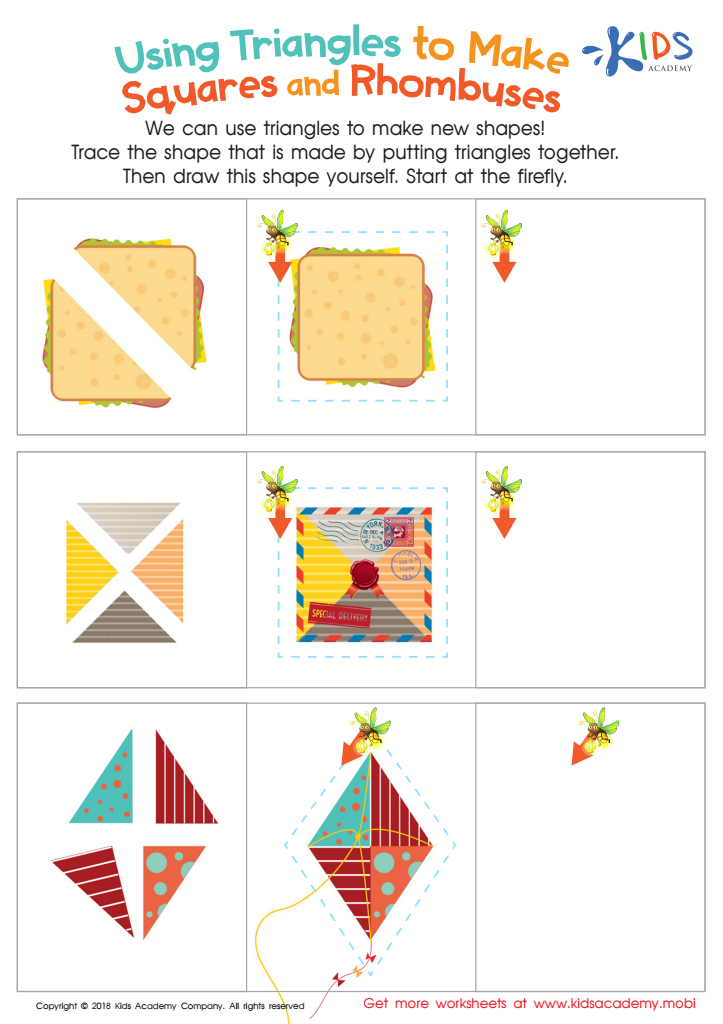

Using Triangles to Make Squares and Rhombuses Worksheet
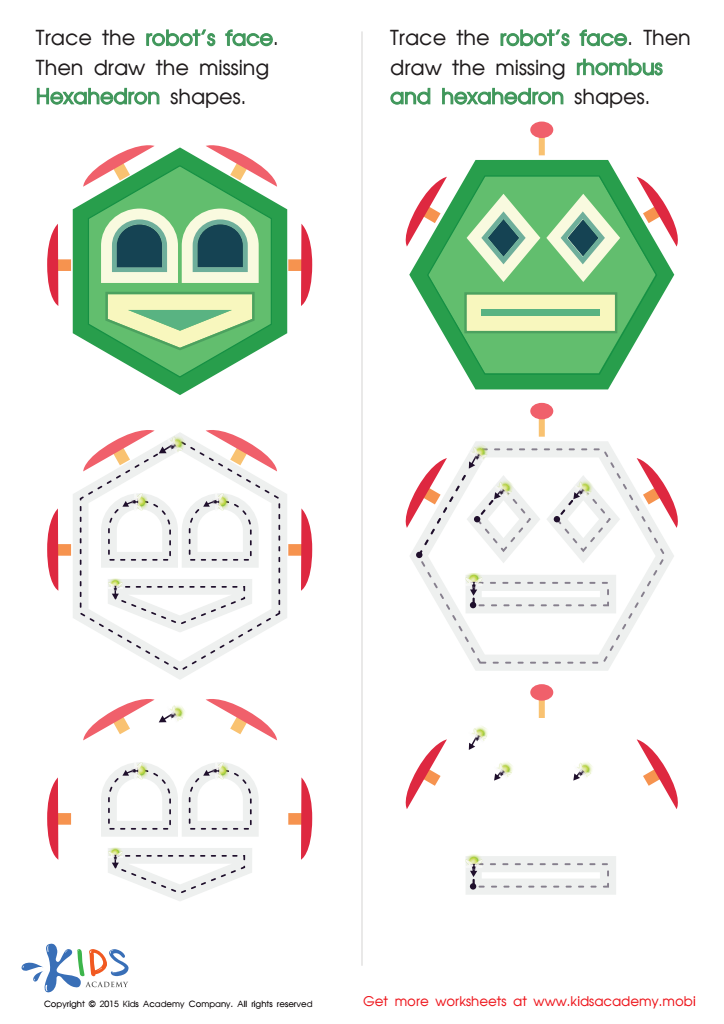

Practice Drawing Hexahedrons And a Rhombus Worksheet
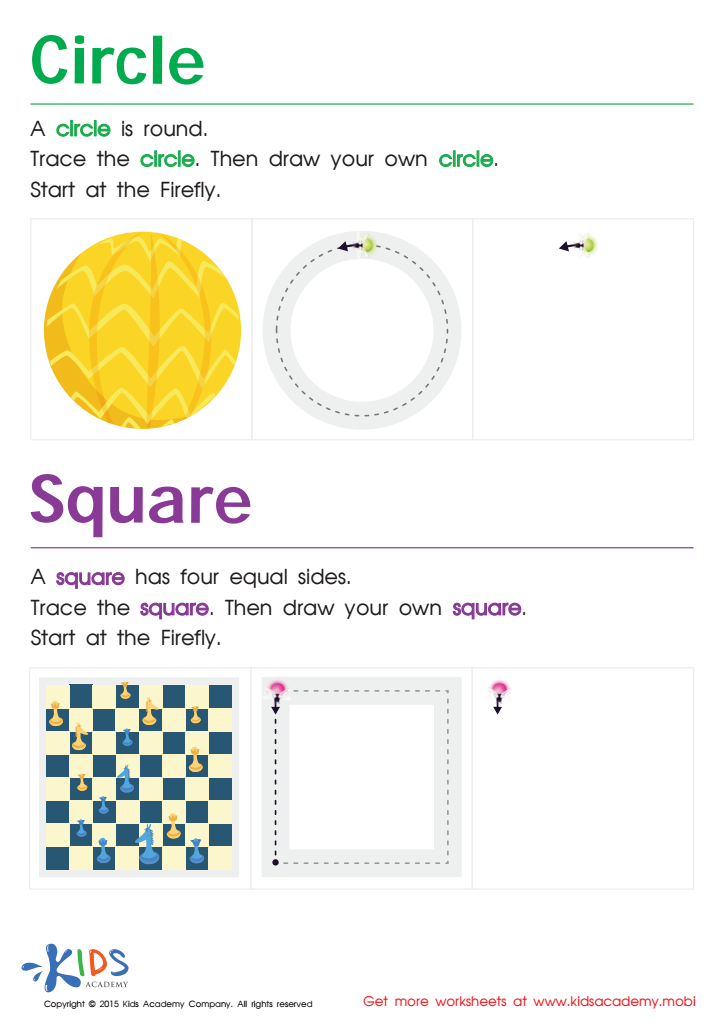

Trace And Draw a Circle And a Square Worksheet
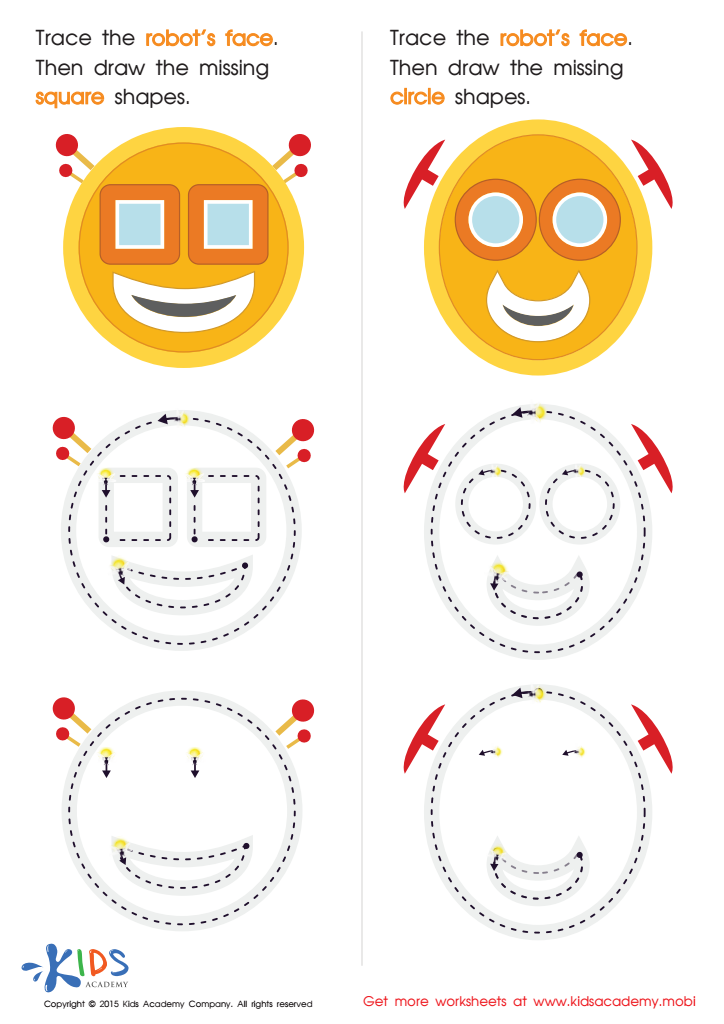

Practicing to Draw Circles And Squares Printable
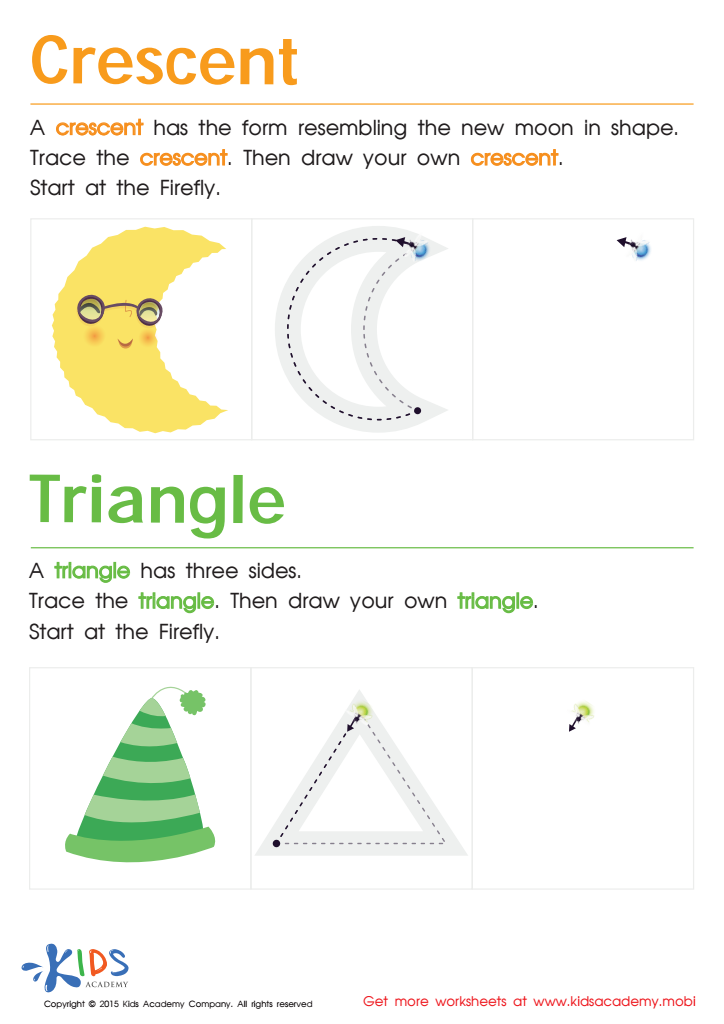

Learning to Draw Crescents And Triangles Worksheet
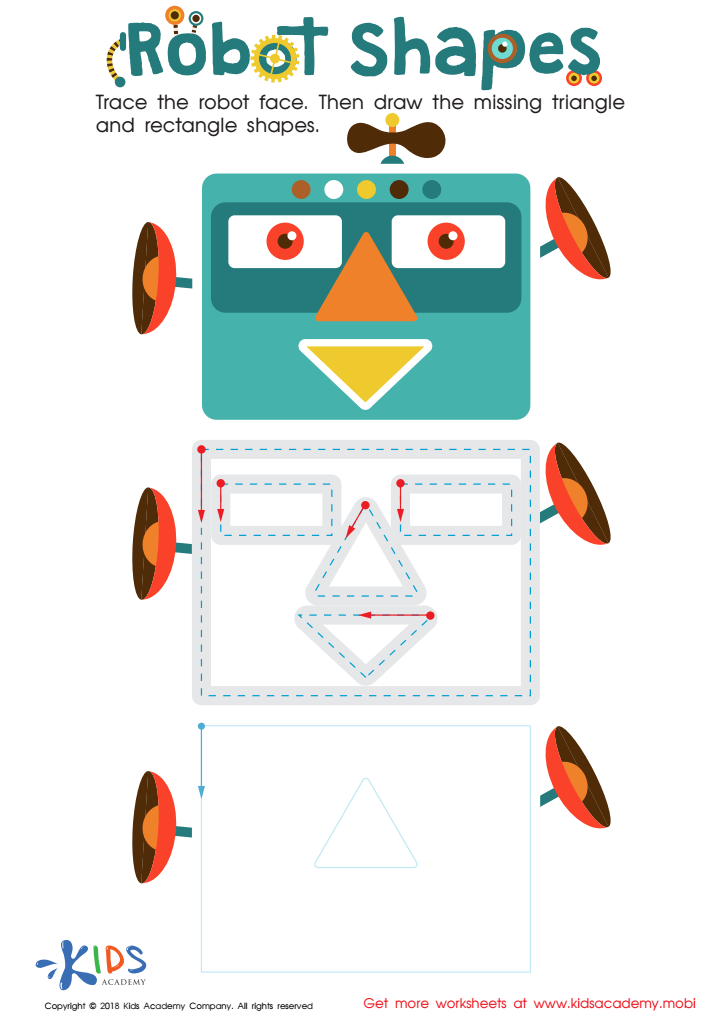

Robot Shapes Worksheet
Shape recognition and normal tracing shapes are critical skills for children aged 3-5, offering fundamental benefits for early development. At this tender age, youngsters are in the "sensorimotor" and early "preoperational" stages highlighted by Piaget, zones where sensory input and motor skills development are key.
Firstly, understanding shapes plays a crucial role in cognitive development. Recognizing and identifying geometric shapes build foundational skills for future learning in both reading and mathematics. They contribute to visual discrimination abilities by allowing children to delineate and understand differences and similarities among various objects they encounter.
Secondly, tracing shapes aids in developing fine motor skills, essential for all hand-related movements, including writing. When children trace shapes, they hone their hand-eye coordination and build the muscles needed to control writing tools effectively. This skill translates inevitably into smoother transitions into writing alphabet letters and numbers in more advanced schooling stages.
Moreover, learning shapes can also boost a child's vocabulary. Phrases like "square," "triangle," or "circle" expand their descriptive language skills, enabling them to communicate more accurately and descriptively about the world around them.
Finally, understanding and enjoying geometry and tracing cultivate a child's self-esteem and independence, setting a joyful and confident pathway to lifelong learning. These skills combined encourage a balanced, harmonious start in both educational and personal growth pathways.

 Assign to My Students
Assign to My Students


